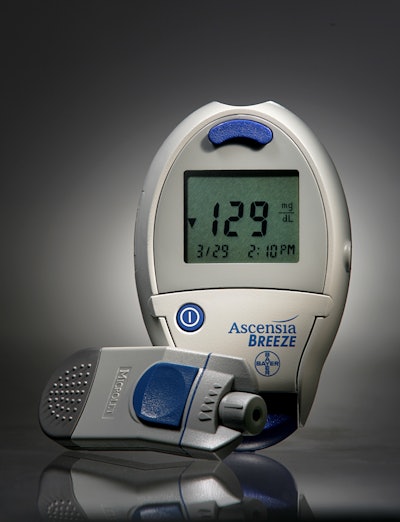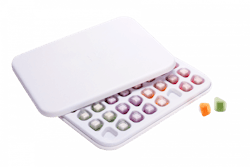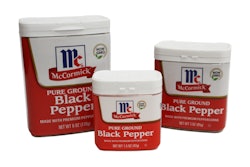Use error. User error. They may sound similar, but the terms actually have different connotations in package and product design. Dr. Bryce Rutter, CEO and Founder of Metaphase Design Group, explains, “These errors are not due to the user screwing up, it is actually the product screwing up. The vocabulary that the FDA has brought to the table within the last few years is that we don't call them ‘user errors’ anymore. We call them ‘use errors.’”
Dr. Rutter, who holds a Masters of Fine Arts (MFA) degree in Industrial Design and is an expert in ergonomic design and specialist in hand function,says that these errors occur because the productdid not convey how the user was supposed to interact with it. For example “it didn't have any affordances that communicated ‘grab here’ or that this is a push button not a slider button.”
Read on for some of Dr. Rutter’s tips on preventing use errors in designing medical products and packaging…
1. Get ‘in the weeds’
One of the best places to find the “wow” is where people are using the products. “You have to lie in the weeds, see how they struggle with what they're using. Find out what their pain points are and where they accidentally misuse the product,” he says. “I think one of the biggest sources of disruptive designs and innovation for me is actually going to that point of sweat.”
2. Go jump in a lake
Dr. Rutter says that biomimicry is used for inspiration quite often. You may look at a bug and see a certain texture that works for non-slip conditions. “I think nature is a tremendous source of inspiration and really allows you to step back from being totally immersed in the very narrow field or category that you're working on,” he notes. “Walk around with your eyes open. The world is your laboratory and a lot of the tests have been done, you just need to figure out what you're looking at.”
3. Ditch the notion that good design costs more than bad.
It’s understandable that people scrutinize the upfront costs more, but in fact, bad design can cost orders of magnitude more than good design. “If you mess up the design and it's not easy to use, it costs you market share, it costs you profits, or heaven forbid, we have to pull it off the market, repackage it or redesign it at great costs,” he says. [Editor’s note: File this tip under “easier said than done.”]
4. Stay realistic for production environments.
A good design has to be manufacturable in order for it to be useful and cost-effective. It needs to be able to run at the proper line speeds. He says, “So the challenge in all medical products and in any kind of design project for us is finding out where the guardrails are. Where will the product be manufactured and on what equipment? That is one of the big disease states within the design industry because designers are famous for designing cool-looking things you really can't make.”
5. Consider the ‘magic number’ in instructions for use.
One of the more overlooked aspects of packaging design in Dr. Rutter’s opinion is the instructions for use (IFU). “They are typically written by a technical writer, who has zero background in how a person reads and consumes information, in other words, the ergonomics of information,” he explains.
A 17-step IFU for a test kit is likely too complicated. “We've known for decades, that five plus or minus two is kind of a magic number for people consuming information. Just by reformatting them into three major steps, and within each step we may have some sub-steps, they become less threatening,” says Dr. Rutter. “They become easier to navigate, improving your ability memorize the steps so you don't always have to look at the instructions every time you use the medical device or kit.”
6. Keep functional aesthetics in mind.
Functional aesthetics are part of the responsibility of a good designer. Visual cues should be obvious so that when the user looks at product, package or IFU, “it is unambiguous, you know exactly what you need to do, the point of entry, how to interact with the product or package. Those cues should be designed in so that the product will perform in the most optimal way possible, because the designer considered how your body is built, how your eyes work, how your brain processes the visual information and how your eye/hand coordination works.”
Dr. Rutter keeps the patient’s dignity and experience top of mind: “You want the user to feel good about themselves and not fear pain and demise.”
<Click here for Dr. Rutter's advice on "finding the simple" and why you can’t ignore global research.>


























